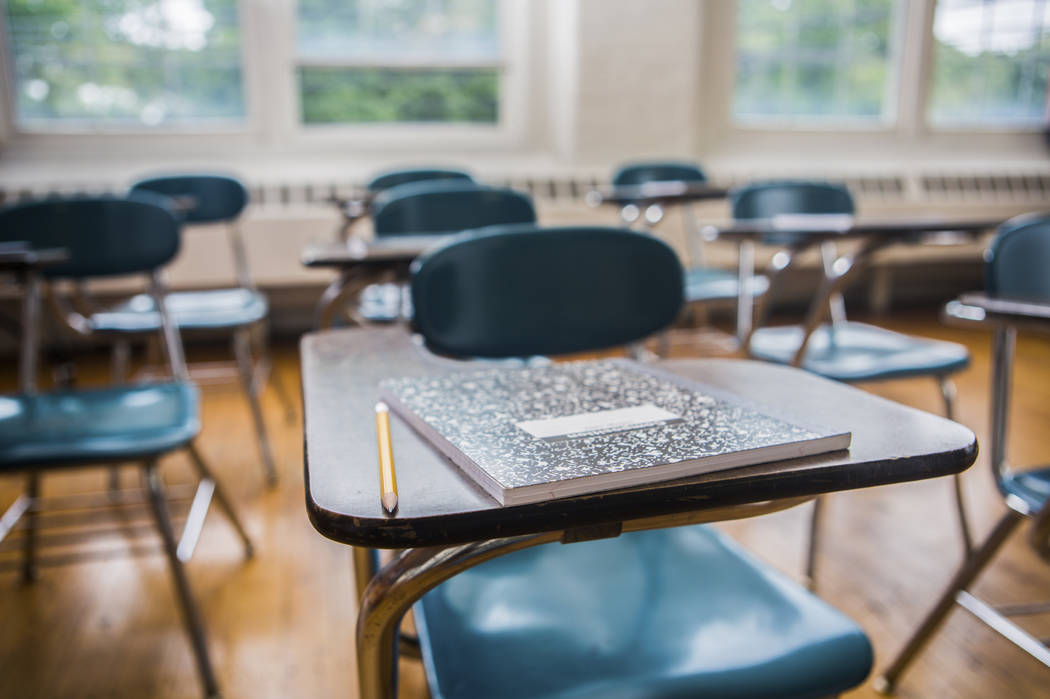EDITORIAL: NYC’s new education plan: Eliminate high-performing program
Successful organizations replicate effective projects. New York City public schools don’t fit that description. Go figure that it’s considering shutting down one of its top programs.
The NYC school system is the largest in the country, serving 1.1 million students. Its performance is on par with the Clark County School District, which isn’t a compliment. Just 28 percent of its fourth graders are proficient in reading, according to the Nation’s Report Card. That compares to 29 percent of fourth graders who are proficient in Clark County.
If you think more money is the solution, think again. According to the Census Bureau, NYC spent $25,200 per student in 2017. In Clark County, per-pupil spending was $9,000. That’s compelling evidence that schools can’t spend their way to success. In many cases, policy choices are more influential than how many dollars politicians pour into a broken system.
For example, look at the recent recommendations of the NYC School Diversity Advisory Group. NYC schools run a robust system of Gifted and Talented programs. These programs are run within traditional public schools, many of which are performing poorly. These programs, though, allow some students to enjoy a high-quality public school education, which can lead to a lifetime of success. Elementary school students gain access into these programs by scoring well on an entrance test.
Instead of recommending these programs flourish and expand, the Diversity Advisory Group wants to eliminate them. These programs are working, but they’ve produced a racial disparity.
Eighteen percent of NYC kindergartners are Asian, but 42 percent of students who receive an offer to a Gifted and Talented program are Asian. That’s similar to white students, who make up 17 percent of kindergartens and 39 percent of those receiving offers. African- American and Latino students make up 65 percent of kindergartners. Those students receive just 18 percent of the offers.
The advisory group tries to blame this disparity on rich parents gaming the system by spending big money on test preparation services. But that narrative doesn’t fit the facts. For years, Asian-Americans had the highest rate of poverty of any ethnic group in New York City, hitting 28 percent in 2012. Their poverty rate recently dipped below Hispanics.
Think about the message this proposal would send, especially to families in poverty. If you study and work hard, NYC schools will take away your best chance to receive an excellent education. Working to improve the system for everyone shouldn’t involve eliminating one of NYC schools’ few successes.

















